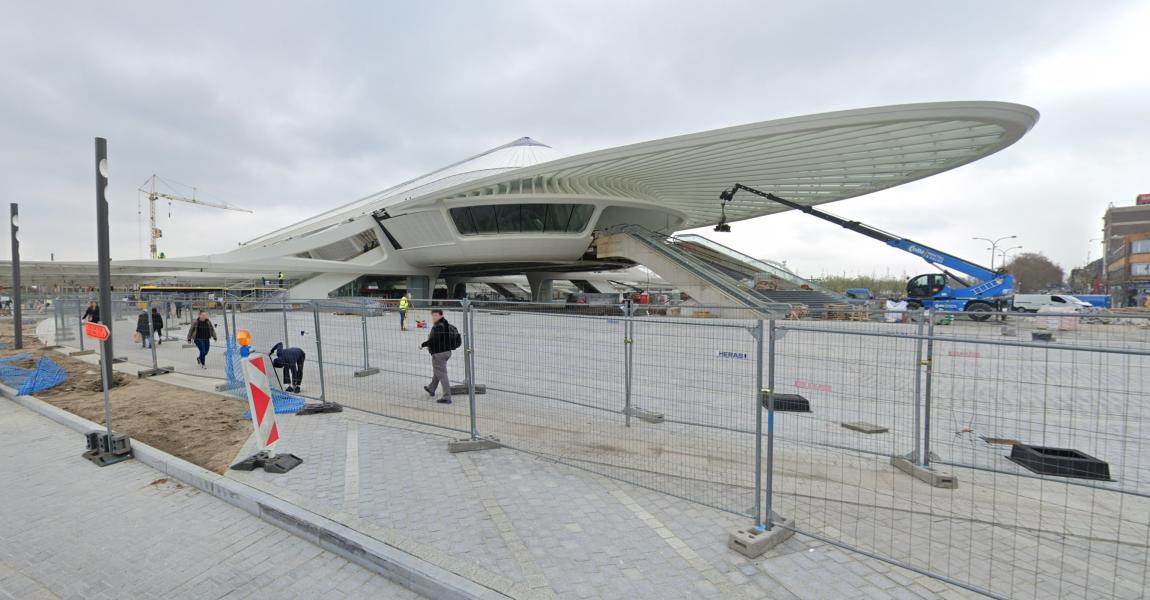
The station serves over 100,000 travellers weekly and is the seventh most frequented in Belgium.
Designed by architect Santiago Calatrava LLC for Eurogare, it stands out for its innovative integration of railway lines with buses, taxis, and underground parking. This urban project, conceived as a sculpture, is crucial to the area's logistical and cultural connection.
Hydroven provided 38 hydraulic units and many cylinders equipped with internal position sensors to ensure the synchronised opening and closing of the glass "skylight" at the station, contributing to the integration of advanced technological solutions in modern infrastructure construction.
-
The history of Mons railway station
Located in western Belgium, the station dates back to the 19th century. Bombings during World War II destroyed the original station building. After the war, however, it was rebuilt and operated until 2013, when it was demolished to construct a new station. The exceptional Spanish-Swiss architect and engineer Santiago Calatrava designed the new station.
Calatrava won a design competition in 2006 and was tasked with designing the new multimodal station and the surrounding infrastructure. The new station gallery, which spans the tracks and platforms, will connect two currently separated and distinct areas of the city: the less dense residential area to the north and the historic town to the south. Once completed, Mons Station will symbolise the city's synergy between culture and cutting-edge technology.